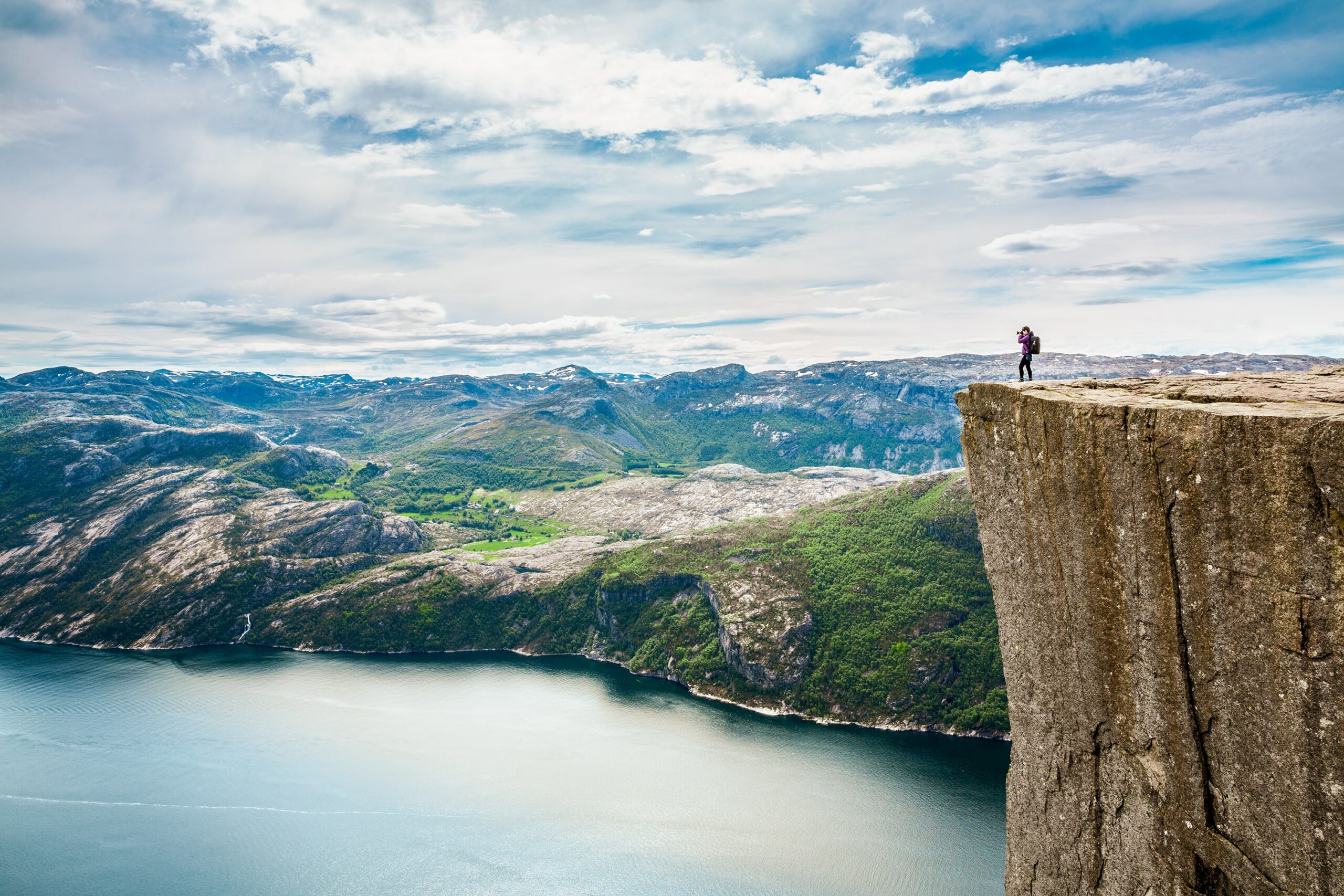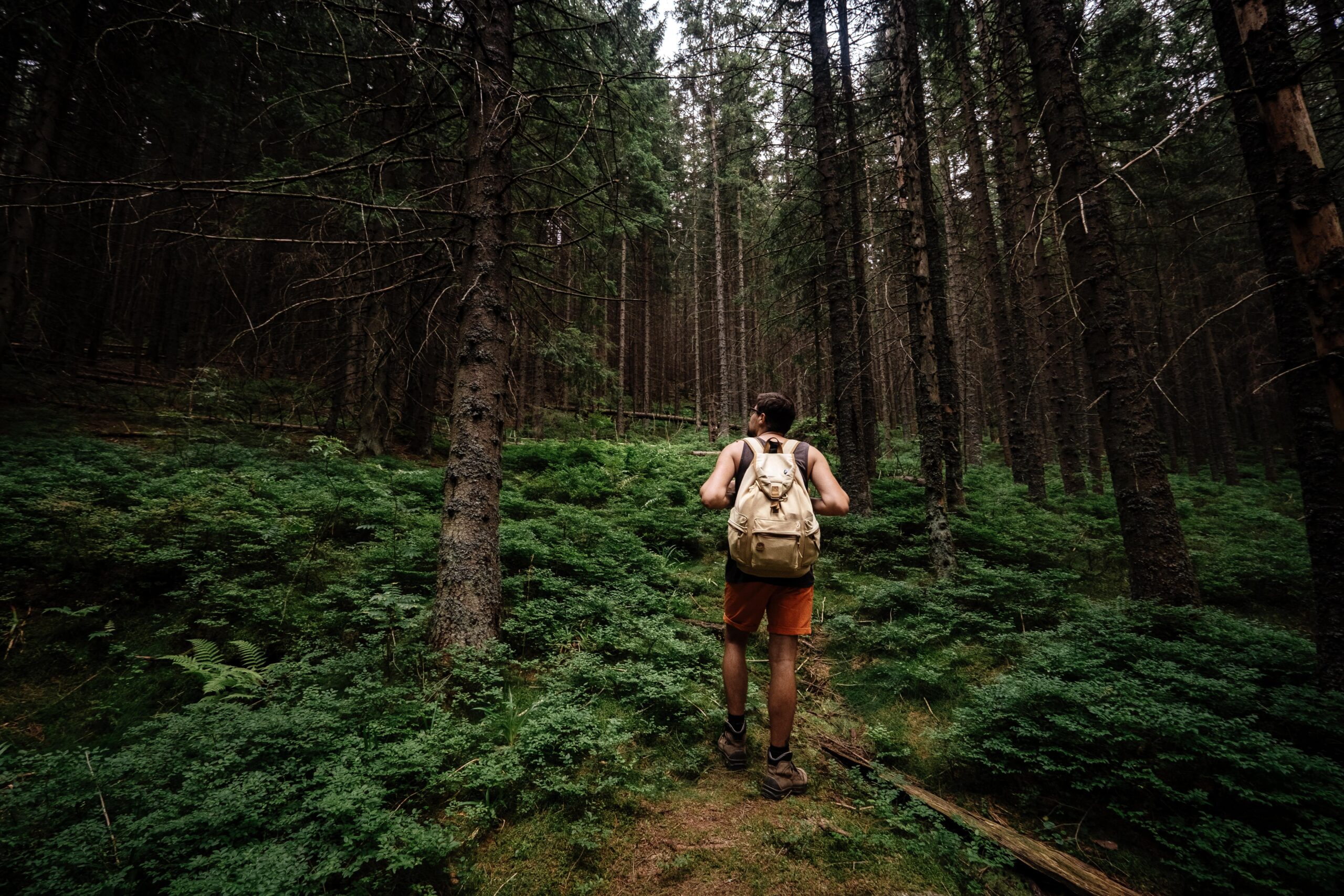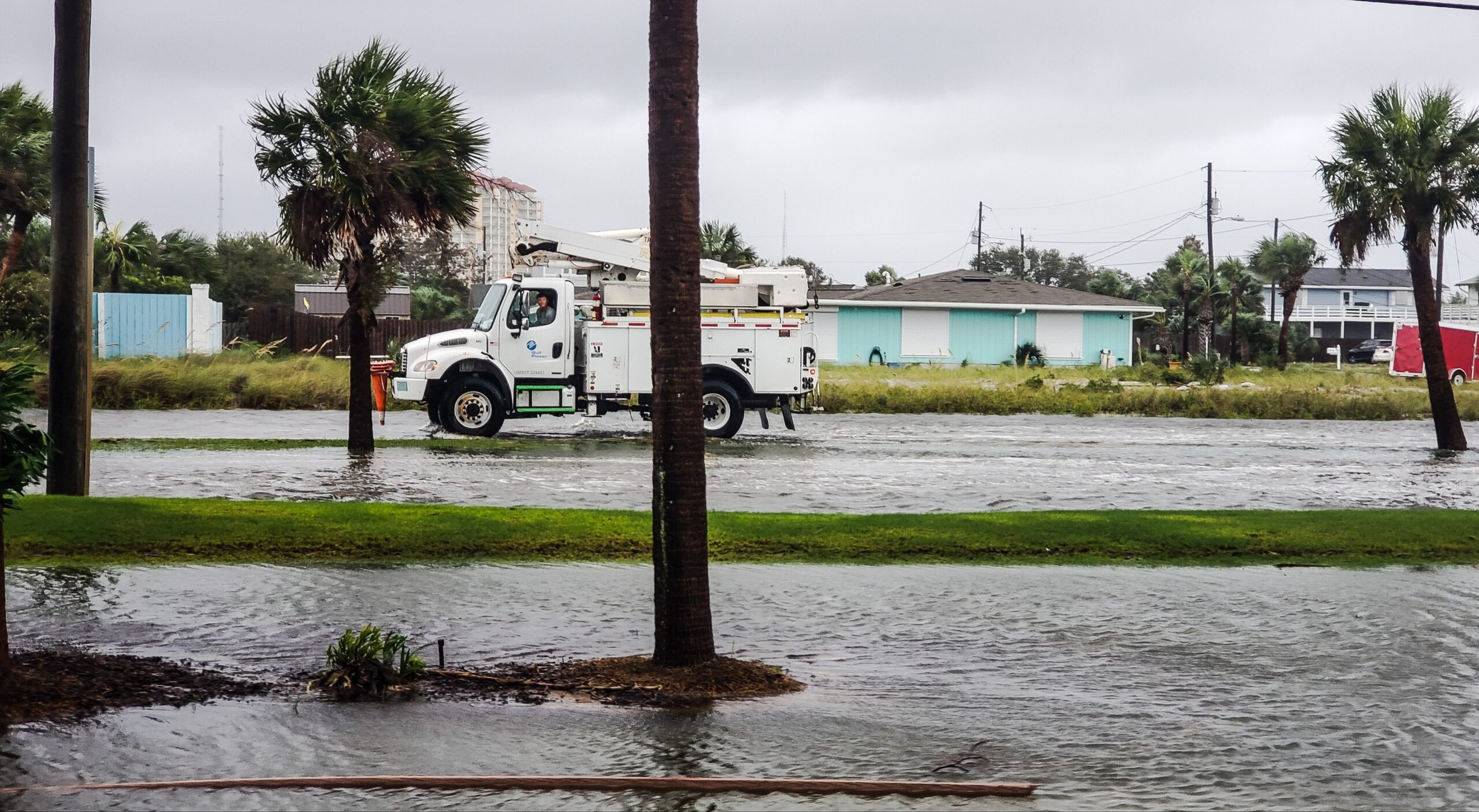When we use the words ‘Environmental Science’ and ‘Environmental Health,’ we think of how green our trees are and how blue the oceans are. What many people don’t realize is a large part of environmental health goes hand in hand with human health. Exposure to a forest with lush trees and the sounds of birds makes us feel more relaxed and satisfied. In turn, when humans are happy and live a healthy lifestyle, we create less pollution and can enjoy the things the planet has to offer.
Let’s take a deeper look into how the environment impacts human health.
Almost every environmental hazard has some sort of impact on our human health. Small environmental disruptions, like poor weather conditions (humidity and fog), can lead to discomfort and fatigue, negatively impacting our overall mood. More severe elements, like pesticide use and runoff from waste plants and construction sites, put chemicals and toxins into our food and water. Fatal diseases directly correlate to the health of our crops and wildlife. Everything we do in our day-to-day routine interacts with the environment. The more we degrade the environment with pollution, deforestation, and overharvesting, the more it will turn around and impact our own mental and physical health. It is extremely important to understand that the way we treat the environment ultimately impacts us too.
The environment doesn’t just stop at the biological conditions of plants and animals, it also includes our built environment. Our big cities and urban areas contribute a lot to the state of our mental and physical health. When our mental health is compromised, our overall productivity becomes lower. For example, compare how you would feel working in a cubical, in a dim-lit office with no windows or natural light versus how you feel if you were able to sit outside and work on a park bench or have access to go for a walk in the park on your break and immerse yourself with nature. I would bet the second scenario sounds a lot more inviting and a lot less stressful. Your surrounding environment is not something a lot of people take into consideration when designing a workplace, but it can make a huge long-term difference. Taking a walk or sitting on a park bench can be difficult for some people in certain jobs, depending on their hours and location; however, it is so important to find balance within your work life to avoid any signs of burnout or disconnection to nature and the environment.
If not now, when?
Here are some examples of ways you can incorporate the natural environment into your lifestyle and use it to your advantage.
– Actively find time to go for a walk in a park or forest. It is so easy for our days to blend together when we do the same things repeatedly, so taking time out of your day to spend in nature can help reset and relax your mind after a busy day.
– Volunteer or visit a farm. This can help broaden your perspective on the world of food and agriculture if you can learn where your food comes from, and locally grown food can fuel your body.
– Visit a plant nursery and learn about some new plants, or even start a garden in your back yard. Learning about how things grow and being able to take care of other living organisms can be a relaxing escape from our busy digital lives.










